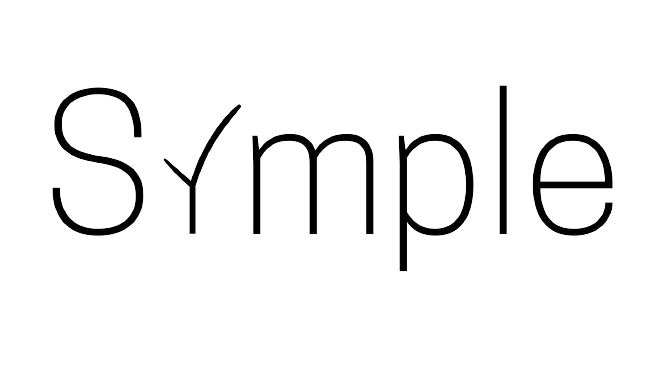E-2 Case Study: RR
RR is an Austrian and Polish dual citizen. When he was referred to Symple in 2021, he was living in Austria. He had worked in the USA before, but with temporary work visas; he was now seeking to run his own business in the States.
RR actually already had a business in development overseas. Since 2016, he and his siblings had been working on an app-based marketplace for sports coaches to connect with clients seeking sports-focused fitness conditioning (“The App”). In 2017, they kicked the idea into high gear, investing $80 000 USD in the development of the app’s software. This money was mostly spent in Europe; RR wondered if this meant that he was still eligible for an E-2 visa.
The short answer is yes, if you have Symple on your side.
At that point, The App was essentially a paper trail of money spent by RR and his siblings (as individuals and through their European businesses) to develop the software. Although some of the developers were in the States, they were mostly in Europe. This posed an obstacle to RR’s visa petition. E-2 visas are for entrepreneurs who have invested or are investing a significant amount in starting a business in the United States; money invested elsewhere therefore holds no sway in the visa petition itself. Here’s how Symple solved this problem:
We created an entity for RR here in the United States: The App US.
We then transferred the assets and rights, including the coding/software development, from The App EU to the newly created The App US.
This strategy ensured that the investments RR and his siblings had made now counted towards the eligibility requirements for the E-2 visa, as the original costs of the software development had now been transferred to the American entity.
As with all of our visa clients, Symple wrote a comprehensive business plan for RR. We showed how The App’s EU and US entities were related and we assembled the paperwork for the transfer of assets and proprietary rights. We created job descriptions for potential hires, secured him a US business address, conducted market research, and established financial projections. A significant detail in this particular case is that The App, as a software startup, would almost certainly be expected to lose money in its first months (or years) of operation; namely because, as a new software product, there is no client base to count on. Symple determined ways that The App US could get its first clients, including marketing strategies and network expansion programs; these were then integrated into the business plan in order to demonstrate that the business would hit the established E-2 visa benchmarks.
RR was then prepared for his interview through practice questions and mock sessions. He entered his interview armed with Symple’s visa packet; he exited the interview with an E-2 visa.

